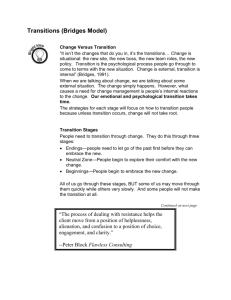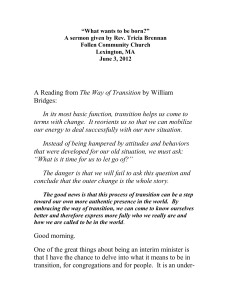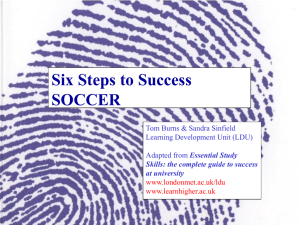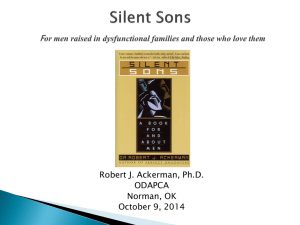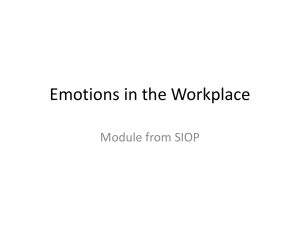Read our article on the emotional side of transitions
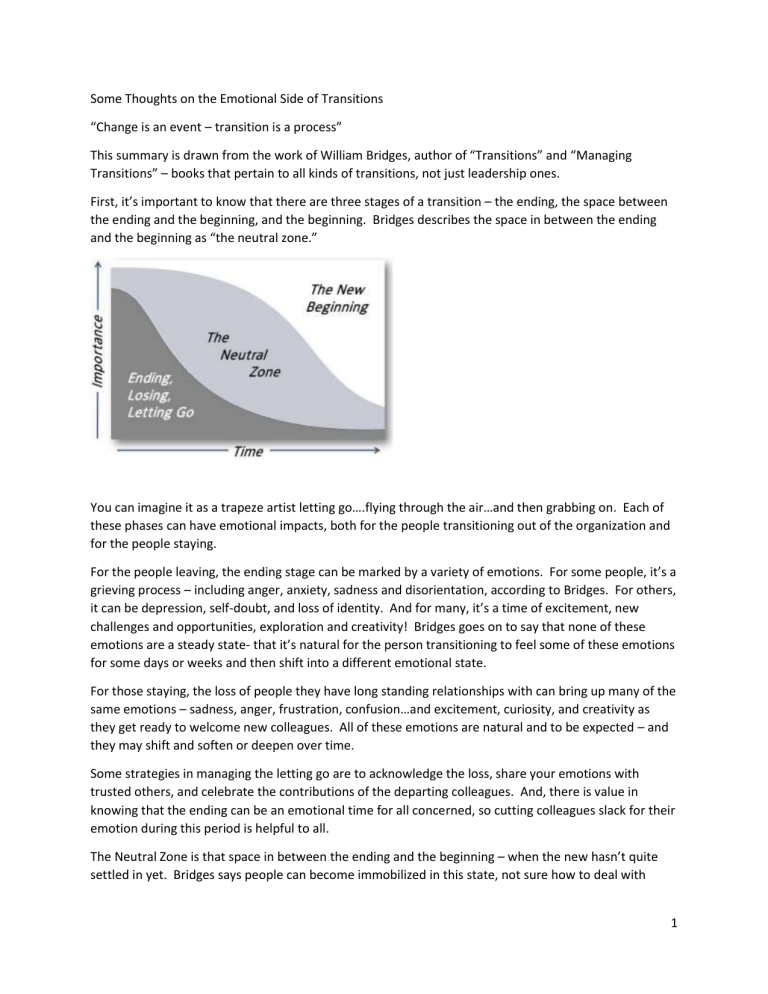
Some Thoughts on the Emotional Side of Transitions
“Change is an event – transition is a process”
This summary is drawn from the work of William Bridges, author of “Transitions” and “Managing
Transitions” – books that pertain to all kinds of transitions, not just leadership ones.
First, it’s important to know that there are three stages of a transition – the ending, the space between the ending and the beginning, and the beginning. Bridges describes the space in between the ending and the beginning as “the neutral zone.”
You can imagine it as a trapeze artist letting go….flying through the air…and then grabbing on. Each of these phases can have emotional impacts, both for the people transitioning out of the organization and for the people staying.
For the people leaving, the ending stage can be marked by a variety of emotions. For some people, it’s a grieving process – including anger, anxiety, sadness and disorientation, according to Bridges. For others, it can be depression, self-doubt, and loss of identity. And for many, it’s a time of excitement, new challenges and opportunities, exploration and creativity! Bridges goes on to say that none of these emotions are a steady state- that it’s natural for the person transitioning to feel some of these emotions for some days or weeks and then shift into a different emotional state.
For those staying, the loss of people they have long standing relationships with can bring up many of the same emotions – sadness, anger, frustration, confusion…and excitement, curiosity, and creativity as they get ready to welcome new colleagues. All of these emotions are natural and to be expected – and they may shift and soften or deepen over time.
Some strategies in managing the letting go are to acknowledge the loss, share your emotions with trusted others, and celebrate the contributions of the departing colleagues. And, there is value in knowing that the ending can be an emotional time for all concerned, so cutting colleagues slack for their emotion during this period is helpful to all.
The Neutral Zone is that space in between the ending and the beginning – when the new hasn’t quite settled in yet. Bridges says people can become immobilized in this state, not sure how to deal with
1
uncertainty and newness. Some of the things Bridges has seen in this neutral zone are loss of motivation of people, absenteeism, tiredness and confusion.
Bridges says it’s most important is to know there is a neutral zone in this transition process- we all go through it: “one of the most difficult aspects of the neutral zone is that most people don’t understand it.
They expect to be able to move straight from the old to the new. But this isn’t a trip from one side of the street to the other. It’s a journey from one identity to another, and that kind of journey takes time.”
He goes on to say: “the neutral zone is not the wasted time of meaningless waiting and confusion that it sometimes seems to be. It is a time when reorientation and redefinition must take place, and people need to understand that. It is the winter during which the spring’s new growth is taking shape under the earth.” Rather than a time of waiting and inactivity, Bridges describes the neutral zone as a period of potential creativity and enlivening.
Some strategies for the neutral zone are:
1) To take a step back from “how we do things around here” and look for opportunities to improve and streamline processes.
2) To make time for people to connect with each other in informal ways, across group boundaries
3) To normalize the neutral zone and express the emotions that come along with being in the middle of the transition
One example: at one client’s retreat we recognized we were stuck in the process of developing a transition document for the new CEO. We reframed the process as “re-looking at everything we do to see what makes sense and what might be missing” and found that to be a much more compelling and creative process!
And finally, there is the new beginning – and while we might expect it to hold different emotions that the ending emotions, in fact the same emotional gamut can be in play…including frustration, anger, sadness, excitement, and curiosity.
It can happen that when a beloved leader leaves, the folks left behind can feel disloyal if they like the new person. They can also feel abandoned or resentful of the people leaving. Again, all normal emotions, all to be expected and accepted.
Bridges suggests these strategies for new beginnings:
1) Don’t rush the process or become impatient – new beginnings take time. It may take several months before a new leader can settle into his/her role, and it’s helpful for the rest of the team to be patient and supportive during this time.
2) Be patient also with colleagues who are reacting in their own ways to the new beginning, including nostalgia for the past, criticism, anxiety, enthusiasm and excitement.
3) Celebrate the new beginning – at some point, there will be an opportunity to celebrate the new people and the new beginning as a way to mark the end of the transition process.
The transition in leadership can mark another phase of your learning organization – learning about yourselves as you deal with change, learning about the process of change that your stakeholders
2
experience in their organizations. It’s a time when the commitment to this organization and to each other can be most readily seen, a time for supporting each other, a time for creativity and selfreflection.
Best wishes to you on this transition journey!
3
